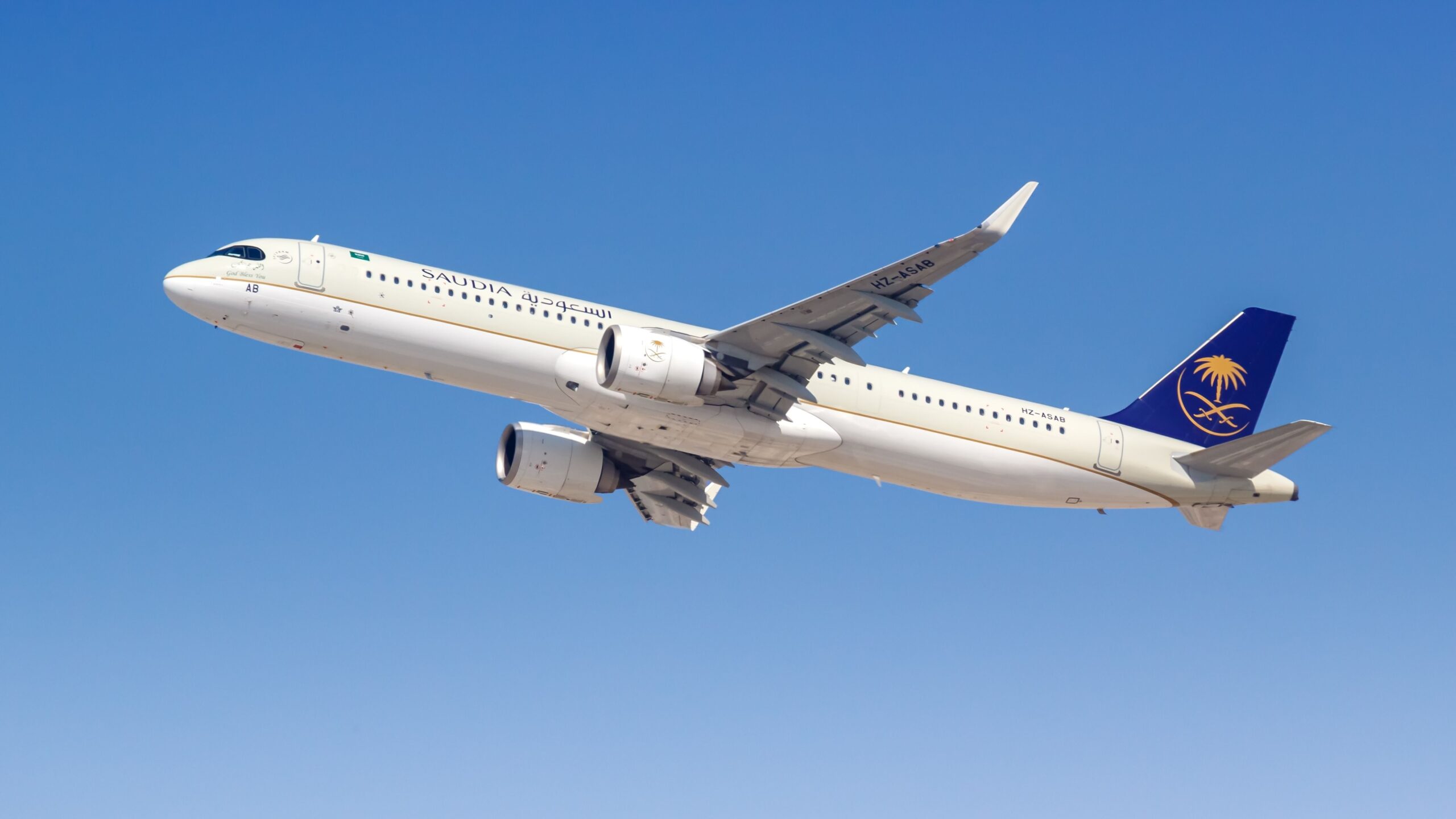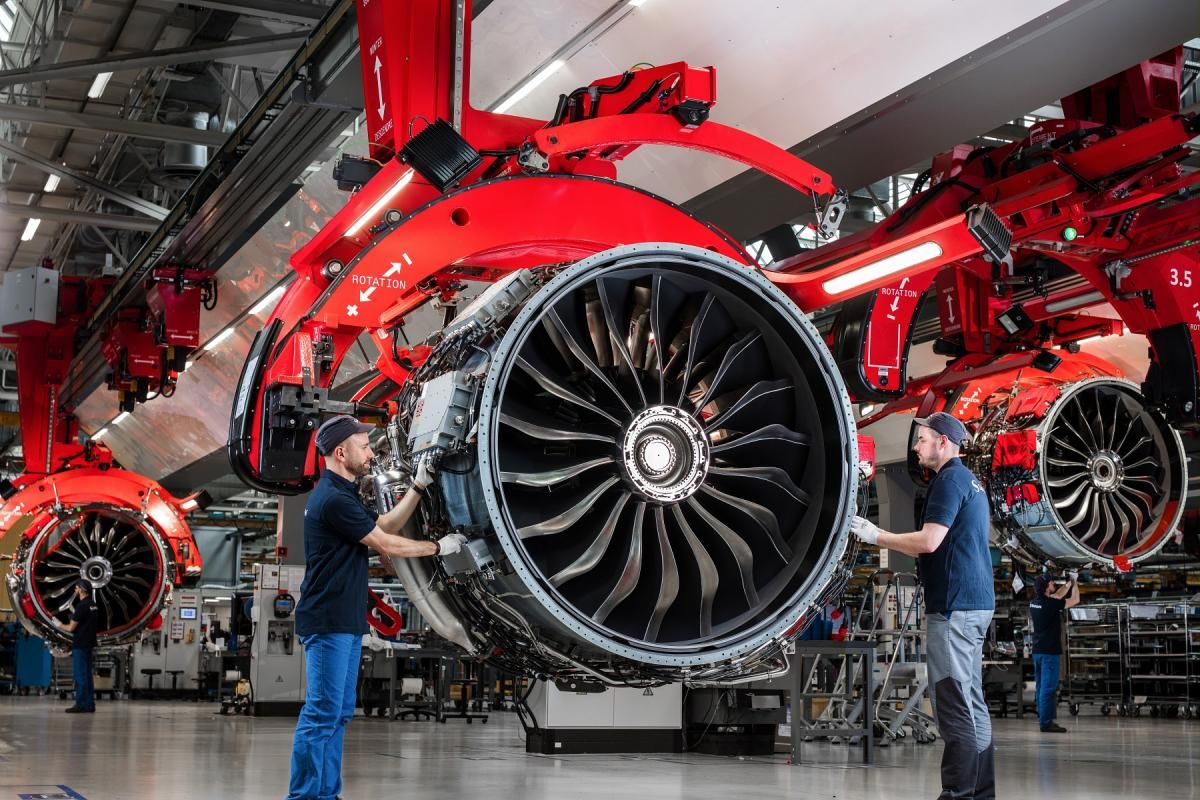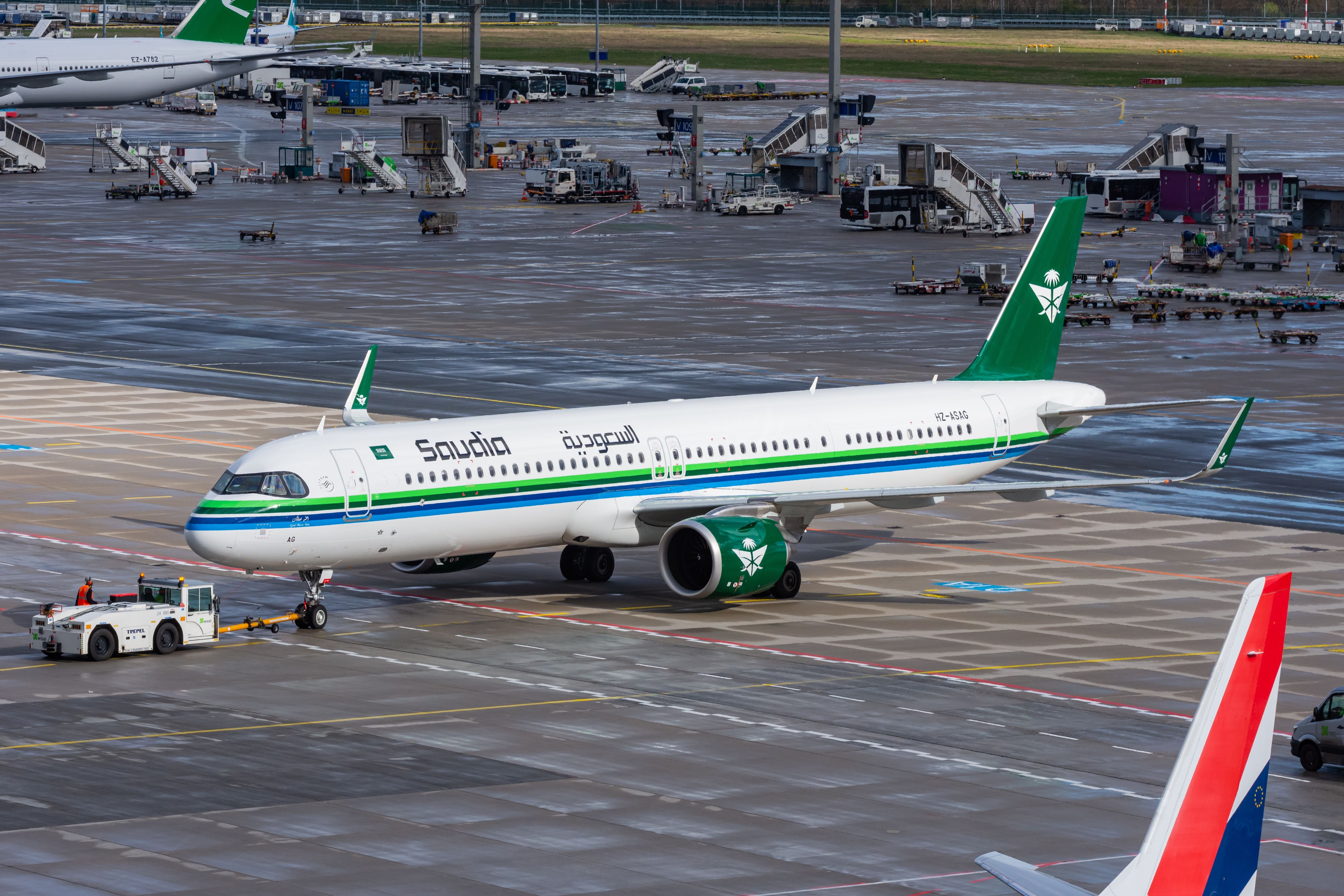The Federal Aviation Administration (FAA)
has published an airworthiness directive (AD) for certain Airbus A321neo CFM International LEAP-1A engines, mandating airlines to replace the full set of fuel nozzles following two separate incidents involving A321neo aircraft.
Loss of thrust and N1 fluctuations
The FAA has provided background about the directive, which it issued without a notice of proposed rulemaking (NPRM), saying that on two separate occasions, an Airbus A321neo had suffered engine problems.
During the first event, a LEAP-1A-powered A321neo lost thrust control on the number one engine during a go-around on January 11.
“On February 4, 2024, the same Airbus Model A321neo airplane experienced N1 fluctuation/reduction on engine 2 during a go-around.”
Photo: CFM International
According to the US regulator, CFM International’s
preliminary investigation has determined that significantly higher-than-expected fuel nozzle coking was creating back pressure in the fuel system, triggering the fuel pump relief valve to open.
Subsequently, the fuel flow to the engine was reduced, and the engine lost thrust, according to the FAA.
“This condition, if not addressed, could result in loss of engine thrust control and reduced control of the airplane.”
However, the US regulator warned that this was an interim action, and once the engine maker completes its investigation, it could issue further action to address any unsafe conditions if the conclusions warrant the FAA to do so.
Targeting SAUDIA A321neos
As a result, the FAA has mandated operators of certain A321neo aircraft to replace the complete set of fuel nozzles.
The nozzles on either affected engine have to be replaced before accumulating 600 flight cycles (FC) since new or the last replacement of the full set or within 10 FCs after the effective date of the directive, whichever occurs later.
On the other affected engine installed on the same aircraft, the nozzles have to be replaced before accumulating 800 FCs since new or since the last replacement of the set or within 10 FCs after the effective date of the AD, whichever occurs later.
Thereafter, on each affected engine on an A321neo, the full set of fuel nozzles have to be replaced not to exceed 600 flight cycles.
According to its estimates, airlines would incur costs up to $129,400 per aircraft to comply with the AD, split between $3,400 in labor and $126,000 in parts expenses.
The AD, published on September 20 and effective October 7, does not affect any LEAP-1A engines in the US.
Photo: Minh K Tran | Shutterstock
Meanwhile, since the LEAP-1A was jointly certified by the European Union Aviation Safety Agency (EASA) and the FAA, the European regulator published its AD on September 6, with an effective date 14 days later.
EASA
noted that the difference in 200 FCs between the replacement of the fuel nozzles on different engines would promote “staggered maintenance and configuration of the aircraft.”
Both regulators’ directives read that the condition affected specific A321neo aircraft, which were all operated by SAUDIA
. The manufacturer serial numbers (MSN) outlined in both regulators’ ADs were cross-checked with ch-aviation data:
|
Aircraft registration |
Aircraft manufacturer serial number (MSN) |
|
HZ-ASAA |
11200 |
|
HZ-ASAB |
11420 |
|
HZ-ASAC |
11473 |
|
HZ-ASAD |
11609 |
|
HZ-ASAE |
11698 |
|
HZ-ASAH |
11791 |
|
HZ-ASAG |
11815 |
|
➖ |
12136 |
|
➖ |
12314 |
|
➖ |
12370 |
According to Aviation Flights Group, MSN 12314 is an A321neo that will be delivered to SAUDIA in due time, with the aircraft being spotted at Hamburg Finkenwerder Airport (XFW) with its tail and winglets in the airline’s colors in August.
SAUDIA took delivery of its first A321neo in April 2023, with the aircraft, registered as HZ-ASAA, entering service on July 31, 2023.
Addressing the fuel nozzle coking
Flightradar24 data showed that on January 11, HZ-ASAA, SAUDIA’s first A321neo, was forced to initiate a go-around while it was operating flight SV590 from Jeddah King Abdulaziz International Airport (JED) to  Dubai International Airport (DXB)
Dubai International Airport (DXB)
.
After its second landing attempt at DXB, the A321neo successfully touched down at the airport. However, it continued to operate flights during the day, completing another three itineraries before finally returning to JED at 22:02 local time (UTC +3).
Photo: MBekir | Shutterstock
While it continued flying on the following day, on January 13, it was operating flight SV591 from DXB to JED when it was forced to return to the former airport. As a result, the aircraft was taken out of service for 13 days before it finally returned to Jeddah on January 26, operating its next commercial flight on January 27.
The same aircraft had another go-around, this time at JED, on February 4. Then, after landing at the airport at 13:55, SAUDIA took the A321neo out of service for another few days.
HZ-ASAA operated its next flight, incidentally, to DXB once again on February 10, after which it continued operating normally for the next few months.
A CFM International presentation during the Paris Air Show in June 2023 showed that the company was aware of the fuel nozzle carbon buildup, or coking and that it was in the process of resolving this and three other durability issues.
The engine maker delivered its first production LEAP-1A engine with the new reverse bleed system (RBS) to Airbus
in April after FAA and EASA had certified the system in 2023. The company said that RBS would reduce on-wing fuel nozzle replacement, with the system also being available on the LEAP-1B, powering the Boeing 737 Max
, sometime soon.
“As a result, the requirement for on-wing fuel nozzle replacement and associated maintenance burden will be dramatically reduced. Once the system is fully deployed throughout the fleet, CFM anticipates fuel nozzle replacement to generally occur only during performance restoration shop visits.”
The availability of the hardware, which can be installed while the engine is on the aircraft’s wing, was expected to happen in Q2.




